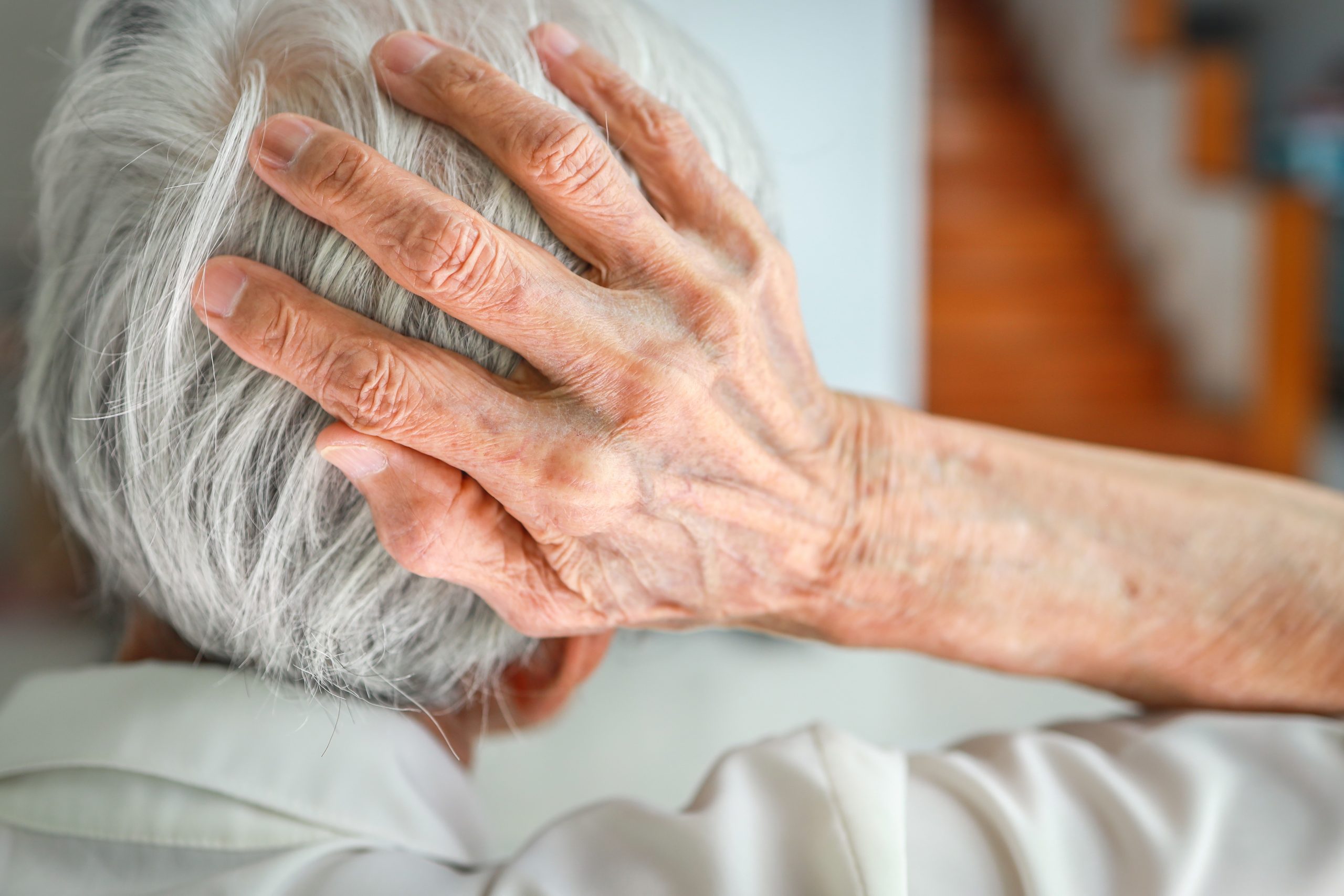Greek Singer Marinella collapsed while performing at the Odeon of Herodes Atticus on Wednesday, by what doctors later classified as a hemorrhagic stroke.
But what exactly is a hemorrhagic stroke?
A hemorrhagic stroke or brain hemorrhage is a specific type of stroke that occurs when a blood vessel in the brain ruptures, causing bleeding either within or around the brain. Common causes include high blood pressure, which weakens blood vessels and conditions like aneurysms, which make vessels more susceptible to rupture. Traumatic injuries, blood-thinning medications, certain disorders that affect clotting and brain tumors can also lead to hemorrhagic strokes as it makes people more prone to bleeding.
In the European Union, stroke is the second leading cause of death and the number one cause of adult disability. Greece annually records 310 cases (both ischemic and hemorrhagic) out of 100,000 people aged 45-85. It is the leading cause of death for people over 60.
Think F.A.S.T., save a life
Symptoms of a hemorrhagic stroke can appear suddenly and worsen quickly.
Severe headaches, often described as the worst ever experienced, nausea, vomiting, and loss of consciousness are common. Weakness or paralysis on one side of the body, vision problems, and difficulties with speech or understanding language. Dizziness, lack of coordination, and seizures may also occur.
The first sixty minutes after onset are the most critical so it is imperative to be aware of the early signs. Doctors have come up with a way for people to detect symptoms of a stroke and summed it up into one word: F.A.S.T.
- F is for Face Ask the person to smile. Is their smile symmetrical, or is there a droop on one or both sides? Such a feature is a sign of muscle weakness or paralysis.
- A is for Arm Ask them to raise their arms. Is there any weakness on one side or sagging?
- S is for Speech Ask them to speak. Is their speech slurry or incoherent?
- T is for Time Time is critical, so act fast and call for help. Try to note the exact time the symptoms began and notify the emergency services.
Treatments
Treatment for a hemorrhagic stroke focuses on stopping the bleeding and relieving pressure in the brain. Emergency care often includes medications to lower blood pressure, reverse the effects of blood thinners, and control seizures or swelling.
In more severe cases, surgery may be required to repair blood vessels or remove accumulated blood. After the acute phase, rehabilitation through physical, occupational, and speech therapy is vital to help patients recover lost functions and regain independence.



